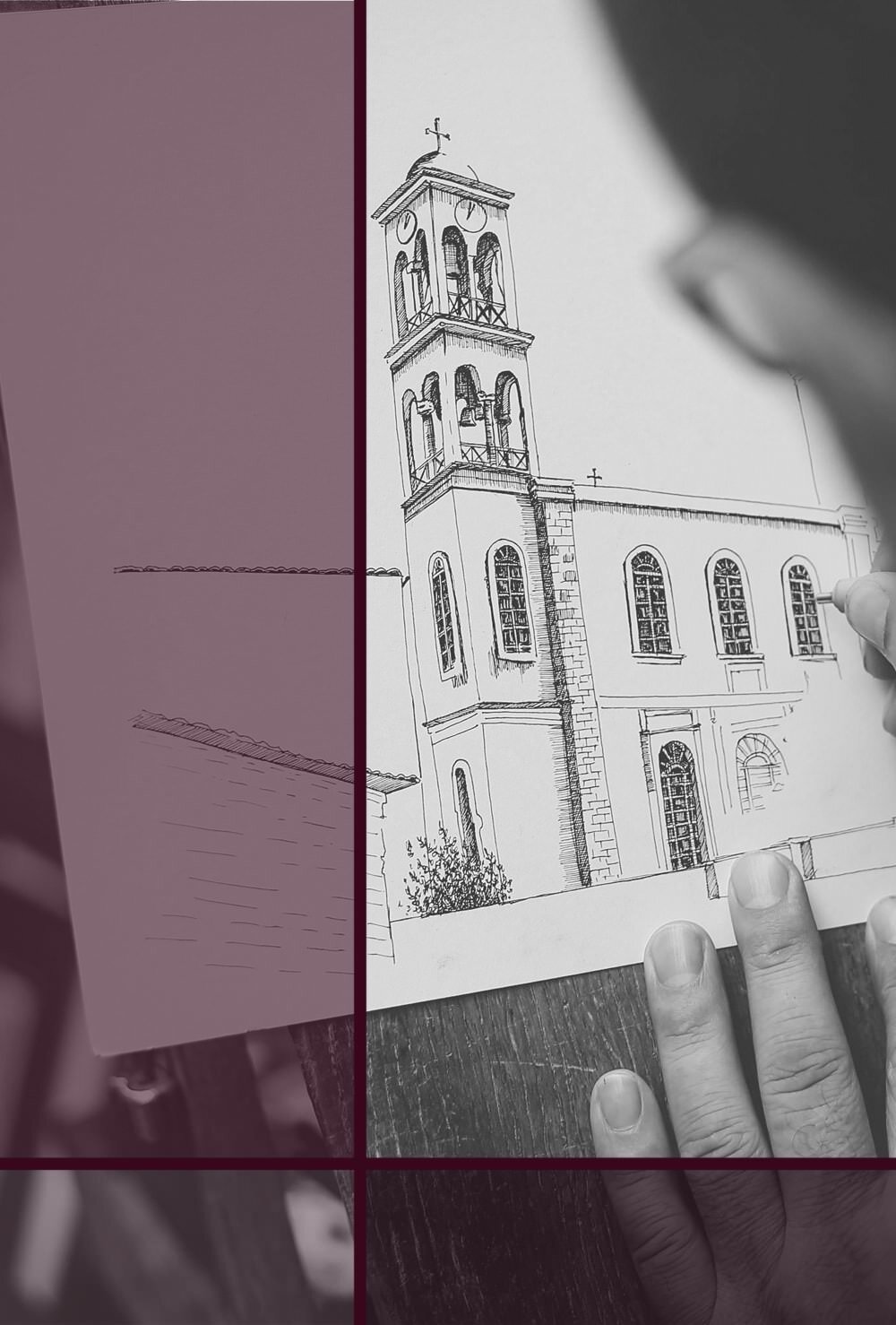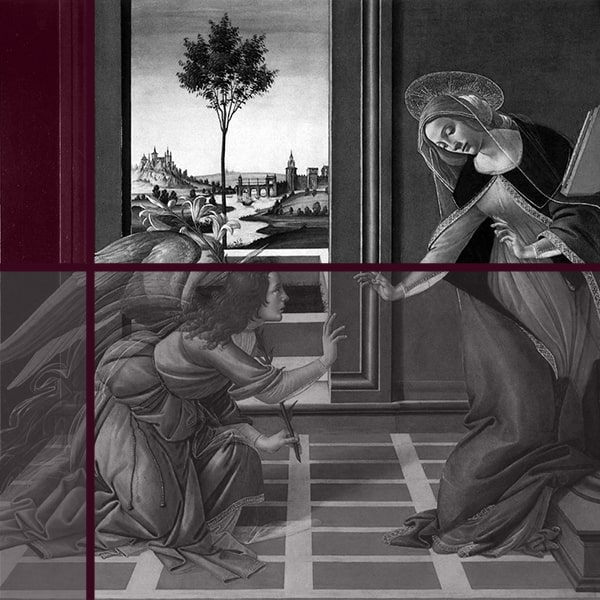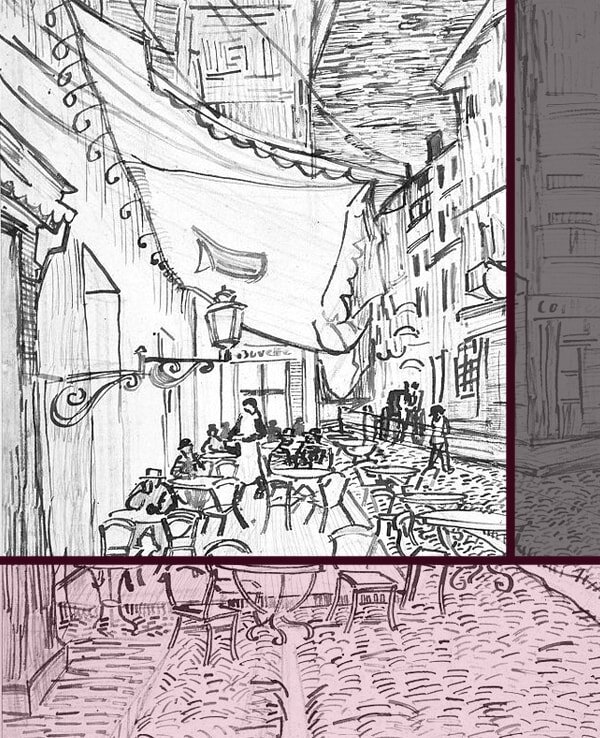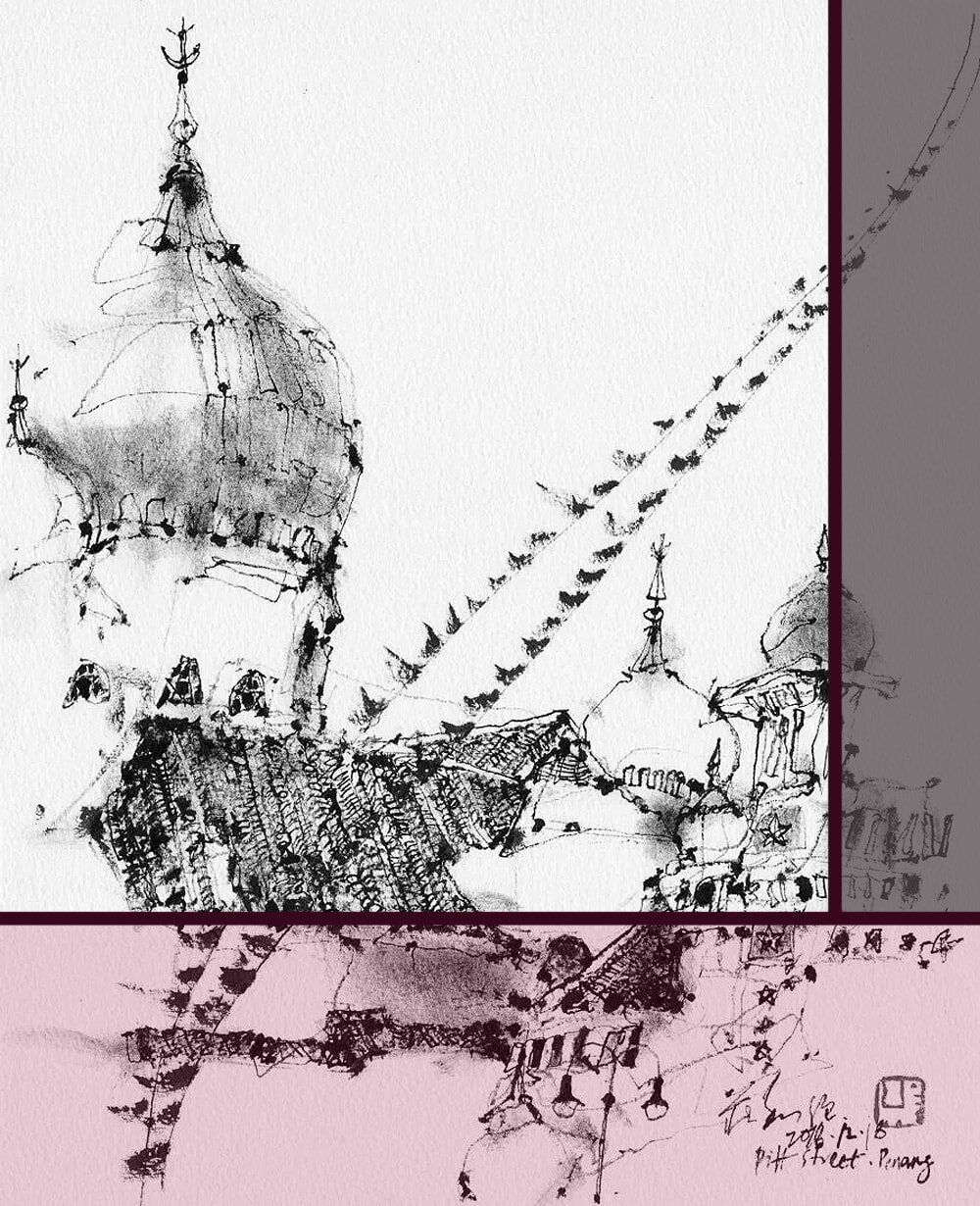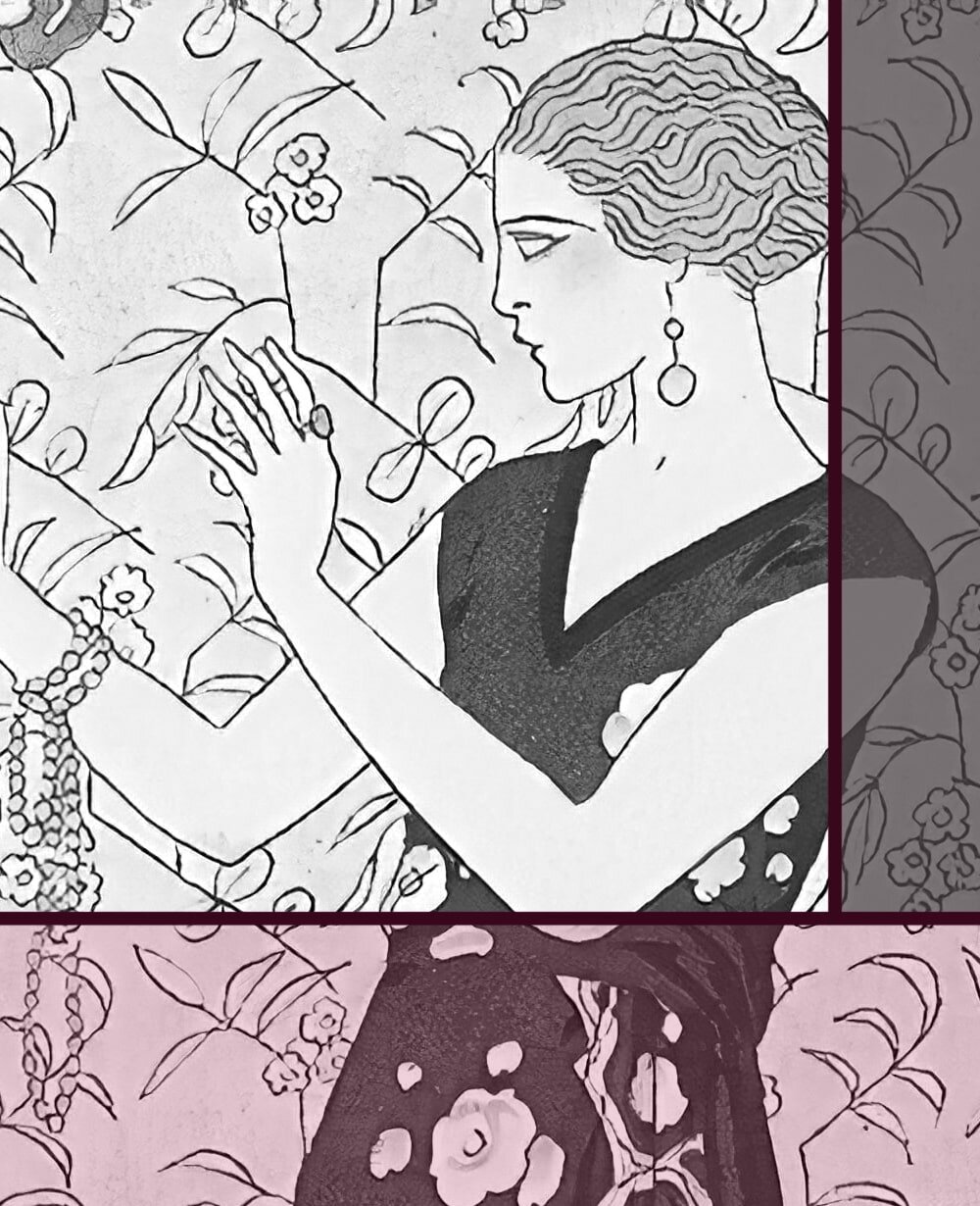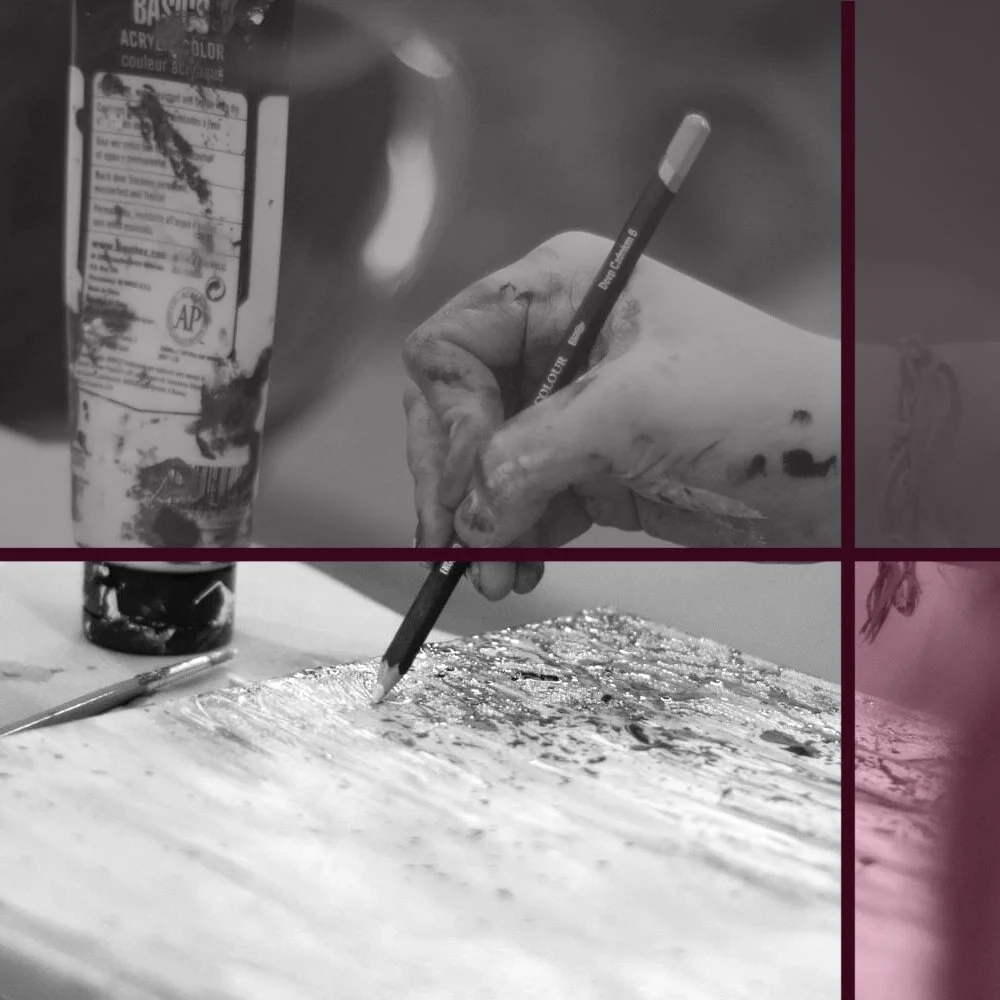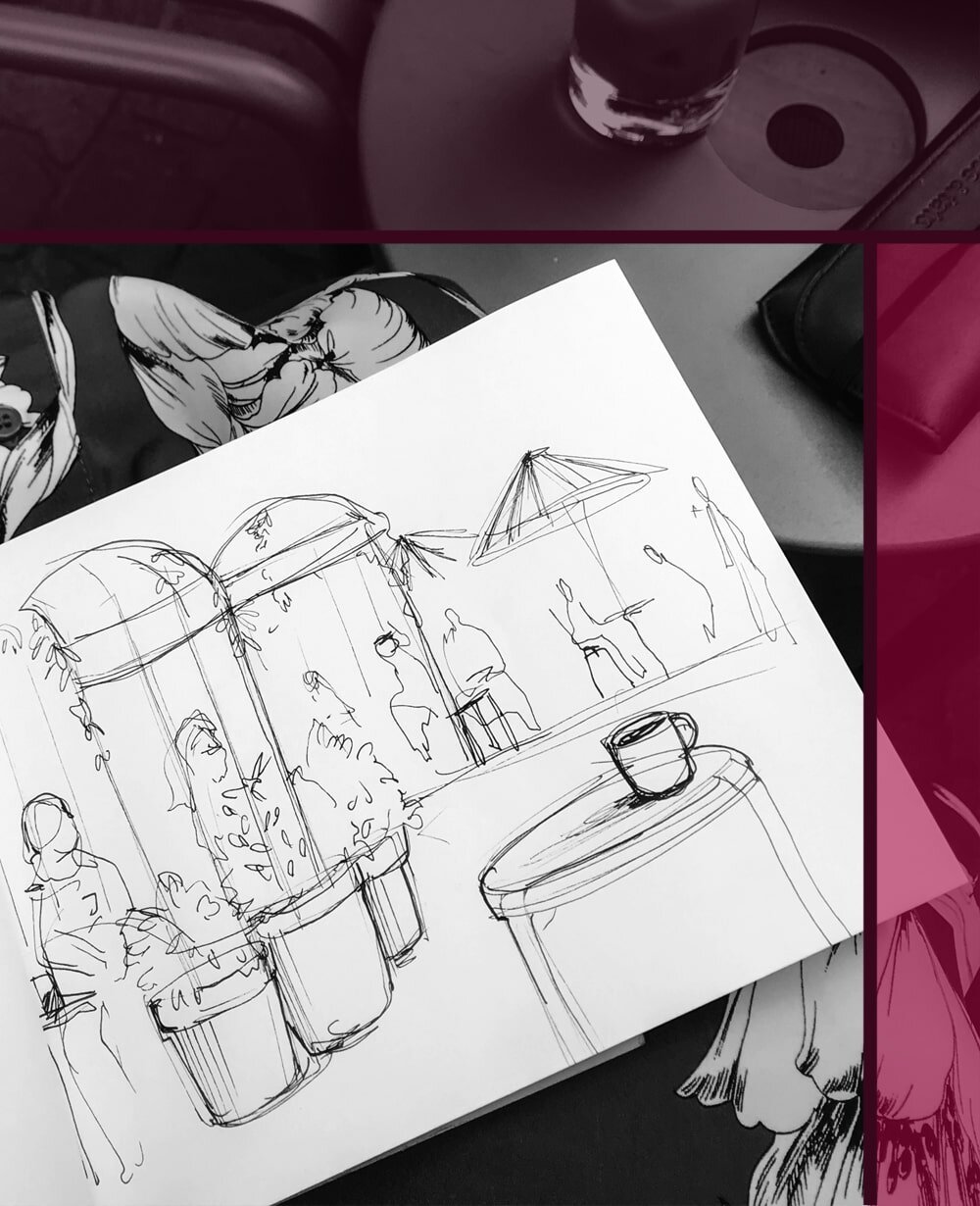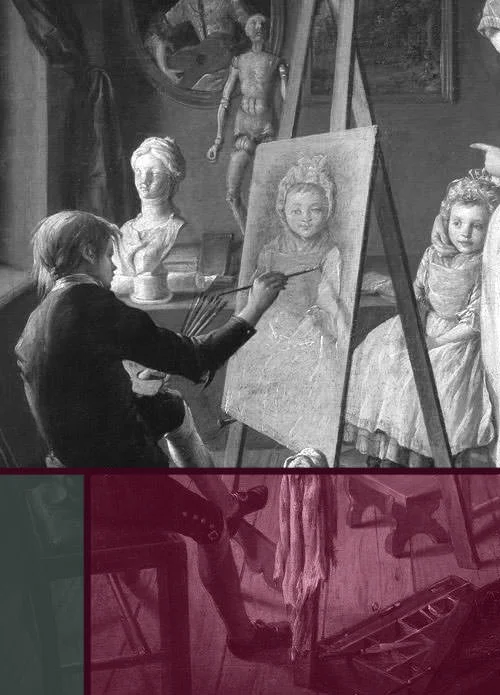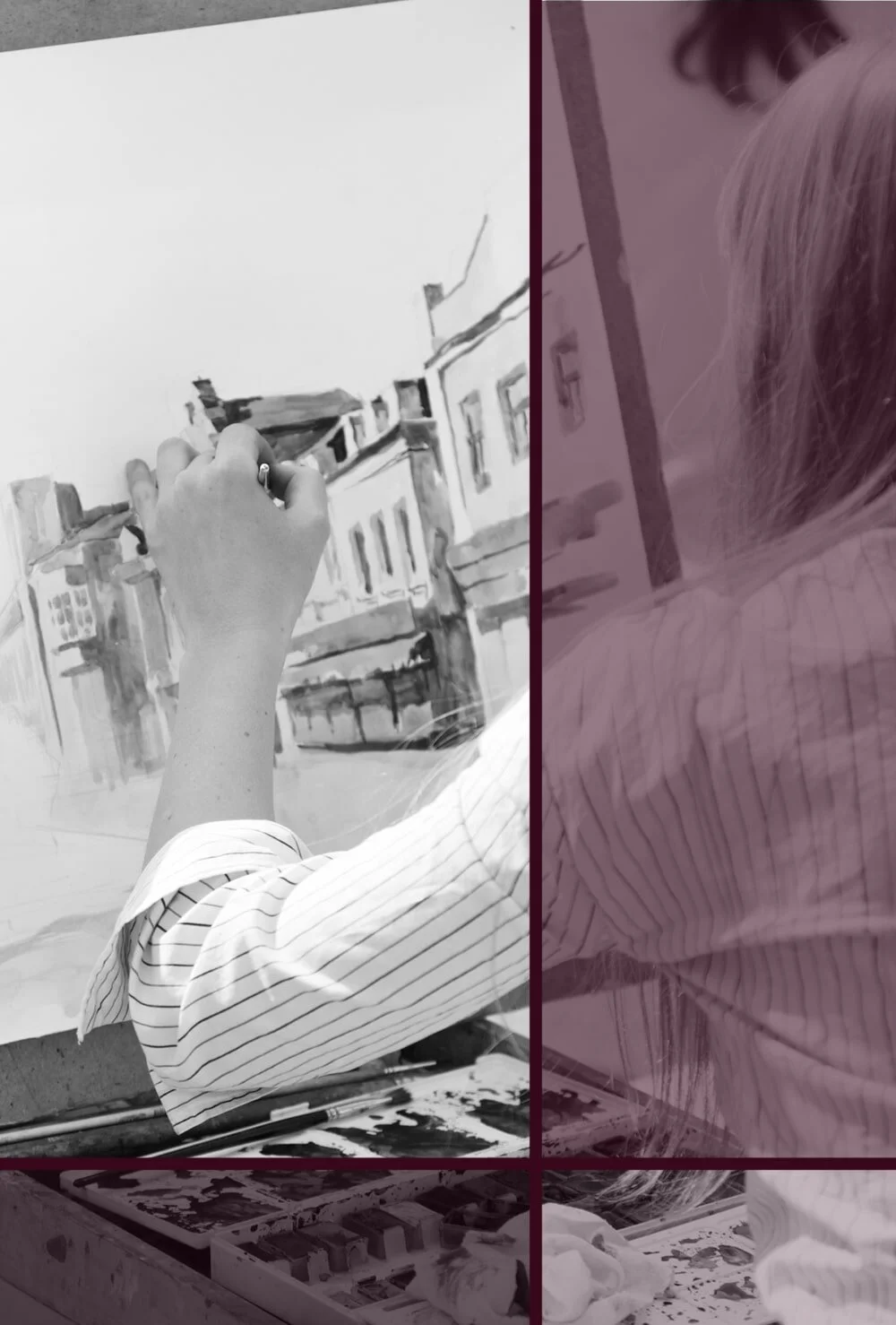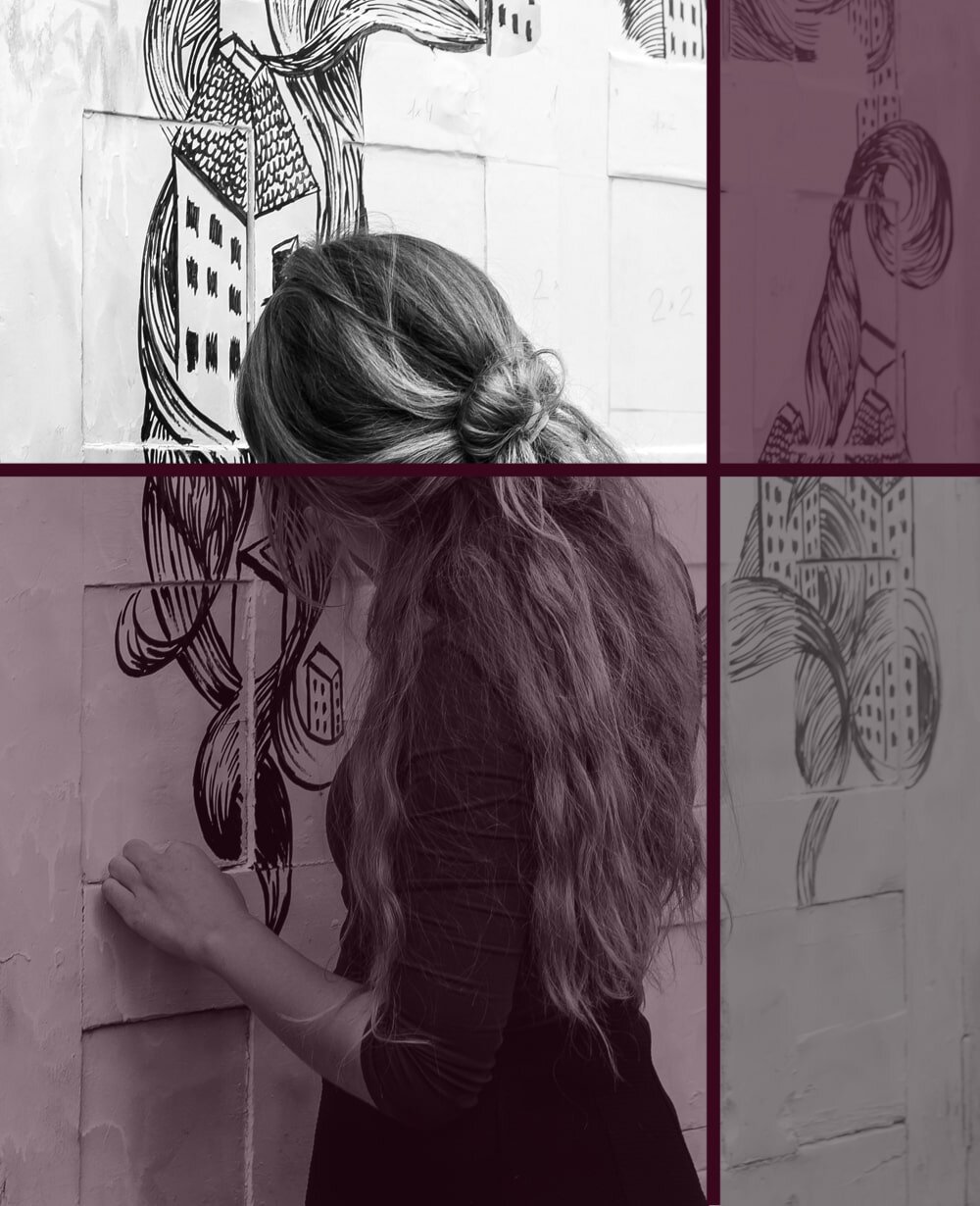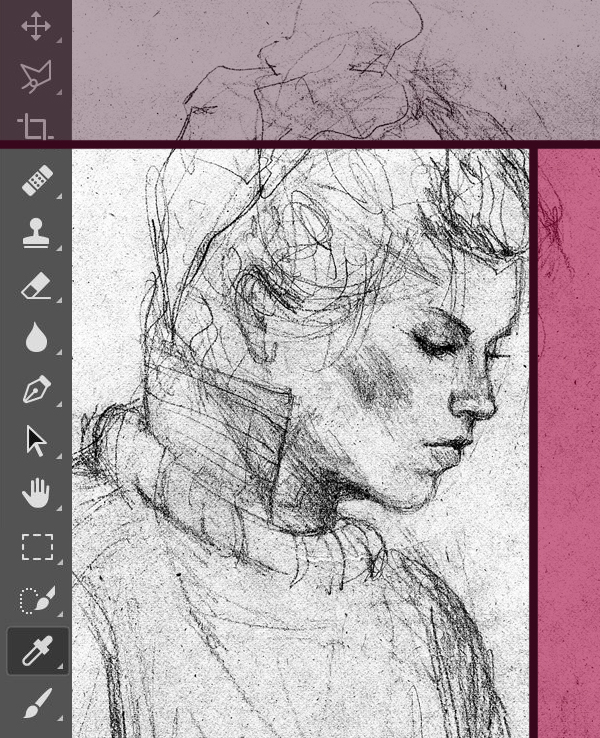How to fill your Time with Art when you're not Drawing
We often forget that spending time with the arts is so much more than practising it ourselves. In fact, it's hugely beneficial if you get a different perspective every now and then and spend some time with a more "passive" approach.
Maybe you're just not in the mood to draw or paint today, no matter how much you usually love doing it. Perhaps you feel like you need to give your neck and mind a little rest (making art can be quite exhausting, it's true). Or you just want to get out of the house and move around a bit.
You might feel like drawing and painting is just not quite enough for you, that you want to experience the arts in other ways, too.
No problem. For all these situations I've devised this list, with many fun things to do to broaden your artsy horizon.
Visit new galleries
Smaller galleries with local artists can be a treasure chest for your mind and confidence.
Most of us have probably been to the major galleries and museums near us. We've all seen our van Goghs and Vermeers and spent some time in the national history section amongst dinosaur skeletons and fern leaf fossils.
And while there's always more to discover each time you wander around those echoing halls and pretty marble floors, it's important to remember that there is much more out there than the most popular places.
Next time you've got a bit of spare time but no plans to draw or paint, pack some lunch and make the rounds in the nearest town or city. Go find some galleries you've never been to before. Most places have a number of smaller, independent galleries tucked away somewhere.
Small, independent galleries can be a welcome change and they’re often great for your self-confidence.
Often these are about famous local artists. It can be very interesting to see how a particular painter developed and changed their style, from the early pieces to the most recent, or how it was influenced by the local surroundings.
And it's great for the ego to see lesser known, new artists and hobbyists exhibited that maybe have not entirely perfected their own style just yet. It’s a good reminder that not every piece worth looking at was created by someone who’s been practising for fifty years and has devoted their entire life to the arts.
Who knows, in a year or two, when you feel ready, you might have your own drawings hanging on these walls!
Or you could visit galleries that are contrary to your usual preferences for art. I would have never discovered my love for abstract paintings if an artist friend of mine hadn't dragged me to practically all of London's contemporary art galleries despite my insistence that I simply prefer the old masters.
Even if it doesn't change your interests, it will always expand your knowledge and horizon, so it won't ever be a waste of time unless you let it.
Look at art from other cultures
Japanese calligraphy or Chinese ink art often get forgotten in our art history class at school.
The problem with any society is that its views can be pretty limited. Even with the invention of the internet and globalisation we are still often restricted by the languages we speak, what we learn at school and see in our local surroundings.
This can be especially obvious in regard to art. Be honest, how many old or current Chinese, Japanese or Korean artists could you name? What's your knowledge on Arabic or African paintings?
Granted, Chinese calligraphy and symbolism in Arabian art are hardly part of our curriculum at school (nor art college, for that matter), and English-speaking books on those topics tend to be few and far between and also super expensive.
But it simply won't do that all we know of art in other cultures are a handfull of pictures of ancient stone carvings, African masks and Hokusai's Thirty-six Views of Mount Fuji.
We often only truly grow if we expand our perspective and gain new views and experiences. Often that includes looking at cultures that differ from our own.
Of course that does not mean that you should know about every kind of art from all cultures across the globe.
Instead, every so often, when you’ve got some spare time you want to broaden your artsy horizon, choose a part of the world with art you are unfamiliar with and learn a little bit about it.
You can see if your local library has any books on the matter, and there sometimes are special exhibitions in bigger galleries or museums devoted to “foreign” art.
Or you can just consult the Internet, though information on art of different cultures is often limited due to the language barrier (you’ll obviously find way more comprehensive websites on Chinese art if you can read Chinese).
Either way, pick an art or culture that’s of interest to you and give it a shot. Knowing a little bit about it is better than having no idea at all. You might even discover that this practice can be a fabulous influence on your own art.
Learn some art history
Knowing your ancient Greek and Roman art is not a must but it sure is a nice addition.
You can of course be a great artist without learning about art history. Not knowing when perspective drawing was developed, what a Memento Mori is and how impressionism came about will not diminish your own skill on the canvas.
But there’s also no denying that at least a basic knowledge of the history of art is a fine thing to have for any artist.
The development of art, from cave scribbles to modern abstract paintings, is hugely fascinating and will help you appreciate how big a part the arts play (and have always played) in our lives, how far we have come as humans, and where your own art fits into the whole scheme.
You will learn about techniques, materials, limitations and understand the different motivations of artists over the course of centuries, from self-expression to money to political or religious motives.
And obviously it also comes in handy if you want to stand your ground in artsy conversations. Knowing your Botticelli from your Turner and cubism from classicism is almost expected of any artist.
One wouldn’t want to appear entirely ignorant of anything but the contents of one’s own studio.
Whatever your motivations, whether you simply love learning, you want to expand your knowledge, or improve your own art with it, learning a bit about art history every week is incredibly rewarding.
And no, you most certainly do not need to pay a fortune for a part-time course at your local art college. Thanks to the almighty Internet, and one of my most beloved websites, you can have it free and straight to your living room at any time you please.
Because lucky for us, Khan Academy has a great, free art history course, including written material and videos. Or, if you prefer books, there’s the Illustrated Story of Art, which I own myself and it’s absolutely fascinating.
Read ‘artsy’ books
It's such an obvious choice, but we often don't really follow through and instead grab our tried and tested ‘Persuasion’, ‘Pet Cemetery’ or ‘Two Towers’ again if we want to do some reading.
Sure, there are some dry art books out there, but you can also find a truck load of absolutely amazing, super fascinating ones on every artsy topic imaginable.
The first thing you probably think of right now is text-book style tutorials, such as Artist's Drawing Techniques (which is an excellent book), of bulky books about art history, as mentioned above.
Instead, how about a nice (not dull) biography about whatever artist you admire most. Granted, the younger generation may not have their own books, but most of the old masters do. I've got this Leonardo da Vinci one on my wish list for example.
Here’s my article 10 amazing Books every Artist should Read this Year for a list of recommendations. Trust me, you won’t be disappointed.
There are tutorials, biographies, novels, picture books, just so many different options if you want to combine two of your favourite hobbies: reading and art.
If biographies are not your thing, maybe a book about a certain art style, with some pretty pictures as well as useful information? You can find anything from cave art to impressionism. You can also have a look at those other cultures we've talked about, like this introduction into Japanese Art.
If all of the above still sounds like a chore to you, why not plunge headfirst into the world of books with art as a side-topic.
You like crime novels? No problem. Just get one where the main character is a painter or they’re solving the theft of a painting. Want some ideas? Barnes&Noble and GoodReads have created handy lists for you to choose from.
Do some crafting
See, now while that may not be the same for each and every one of us, chances are, if you love making art you love crafting, too. In fact, sometimes it’s hard to tell where art begins and crafting ends in the first place, it’s a very thin line.
Most of us will have started out this way, making little pencil holders with dry pasta or space rockets out of papier mâché. Then, as we get older, we discover drawing or painting and the crafting takes a backseat, until it gets entirely forgotten or discarded as an activity for children.
But even (or especially) as an adult every so often it's nice to get back into it and relax with some fun activities that don't necessarily involve your usual materials of choice.
Who’s to say where art begins and crafting ends. These two are so interconnected that we may as well treat them the same.
You could try making candles, for example, or soap. You could learn felting, or weaving.
Almost anything you can think of has a kit out there with all the starting materials and instructions. I just love those, they’re perfect for some weekend fun without commitment. Once you’re out of materials you can chuck it out and never feel bad that you’re not keeping it up as a hobby indefinitely.
My article Awesome Gifts for People who love Drawing and Painting has more suggestions for you at the bottom.
Some of these might also give you ideas for your own art. Learning how to use glass colours and keep them neatly translucent could work nicely for your next water colour session, for example.
While not all of these will have an obvious benefit, the very least they do is help relax your mind and train your hand to be steady. Both of which are crucial for any of the drawing or painting you will get back to when you're done crafting.
Look around you
It sounds like such lame advice, but when was the last time you've taken notice of good art and design in your everyday life?
Sure, we'll notice a painting when it's on a wall somewhere, or a sculpture exhibited in the town square. But I'm talking about the things that are not quite such obvious pieces of art.
Try to actively notice the more subtle pieces around you. Take a closer look at everything that you’d normally just walk by, and see if you might not find some gems out there you would have normally missed.
That might be textile prints, theatre stages, graffiti, or a really neat book illustration. You might realise how well made that cherry blossom design is on your bed sheets, or how beautiful the windows are of the catholic church you pass on your way to work.
If something isn’t specifically meant to be art we often overlook its value and skilful execution. No more!
Especially when something has become commercial (aka can be acquired by the public for a cheap price) we tend to set its value by whatever the piece itself is sold for, but a skilful and pretty floral design is worth more than the £12.99 of the teapot it’s printed on.
A van Gogh doesn’t lose its quality just because it’s printed on a cheap mouse pad, does it? And it’s the same with designs of lesser known artists.
Practising this once in a while will not only make you realise that art is all around us at all times, it’ll also train your eye to notice details, textures and designs even when you’re not actively seeking them out. Which in turn will help your own art to improve.
Did you enjoy this article or feel like you have anything else to add? Feel free to leave me a comment below!
If you like this post, please share it, so others may like it too!





